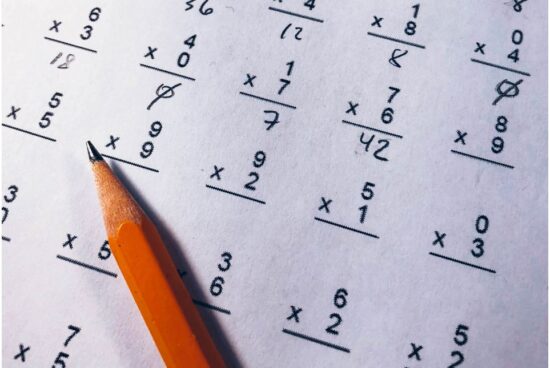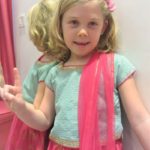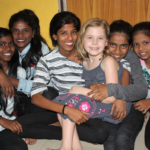As my fellow parents can attest to, this last year has given us the “opportunity” to revisit prior grades alongside our children. I have had the pleasure of going back to three months of 2nd grade and now all of 3rd grade! What has struck me most is how much education has changed since I was a 3rd grader 31 years ago. For those who don’t have a child currently in school, I thought you might enjoy seeing how much is different now.
8 Ways School has Changed
1. Bye Bye Cursive, Hello Typing At many school (ours included), learning cursive handwriting is a thing of the past. Although I have heard cursive is making a comeback, so perhaps it will cycle back into fashion! In it’s place, kiddos have much earlier familiarity with typing. For Nia, it’s never been formally taught, but she has the option to hand write or type many of her assignments. And despite never taking typing class (like I did on a typewriter in 9th grade!) she already seems to be pretty speedy at it. Amazing.
2. Seesaw is King Seesaw is a new-ish app (created in 2012) that has become wildly popular in schools. Students use it to submit assignments and receive feedback from their teachers. Assignments can be submitted various ways. For example, Nia can choose to hold up her math homework and do a video recording explaining how she got to her answers. She may also just choose to upload a photo of her completed math homework. Teachers then provide written or audio feedback via the app. The other reason it’s so popular is that it provides adults with a more in-depth look at the child’s learning. This is done by setting up accounts for parents, guardians or others like grandparents that are tied to the student’s account. Adults are able to see what the student has posted, as well as the feedback they are getting from their teachers. Technology for the win!
3. Social Emotional Learning Every week Nia has SEE Learning, an acronym for Social, Emotional, & Ethical Learning, a curriculum developed by the Dalai Lama in conjunction with Emory University. In her lessons, Nia has learned about self-awareness and self-regulation. One tool they use to teach this concept is called the Resilient Zone. The model encourages kids to spend as much time as they can each day in the Resilient Zone, which is defined as a place where the body and mind are calm and the nervous system is regulated. As they do self-checks throughout the day, they might notice that they’ve bumped up into the High Zone (hyper, anxious, panicked, restless) or fallen into the Low Zone (depressed, fatigued, exhausted, numb). They have been taught a variety of strategies to help them take themselves from either the High or Low Zone back into the Resilient Zone. Each child has identified the two or three strategies that work best for them and may use one as a result of their self-check or at the suggestion of the teachers, who incorporate this structure into the classroom.
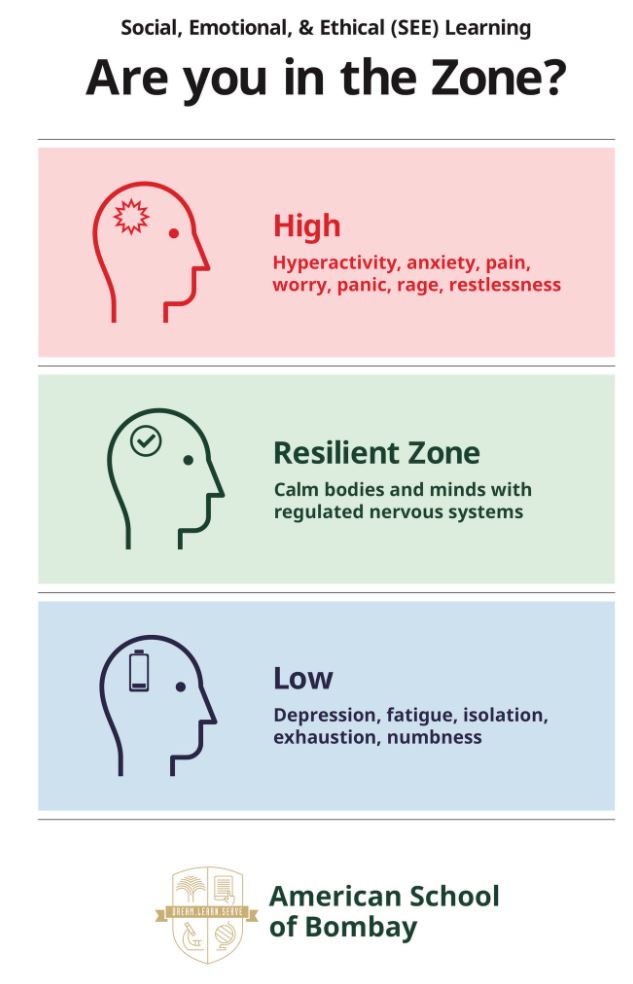
Other focuses of the program include developing self-compassion, learning yoga and mindfulness techniques, developing interpersonal awareness and relationship skills and learning to recognize our common humanity with others. I can’t help wondering if I might have avoided the anxiety and depression of my mid-20’s if I had learned these skills as a young girl. I couldn’t be more thrilled that Nia is going to have these tools in her toolkit!
4. New Math
Of all the subjects, I think Math has changed the most. Gone are the days of “borrowing” numbers and carrying the one. In it’s place are all sorts of fancy new words like number sentence, array, number sense, fact fluency, part-part-whole, number bond and tape diagram. Children are now taught to solve a problem many different ways and can then gravitate to the strategies that work best for them. The focus is on understanding what’s going on conceptually rather than just getting to an answer quickly. So it might take Nia 10 minutes to solve one problem, but she can get the same answer 4 different ways! Here’s an example of Nia’s addition work using blocks, number stacks and a number line.
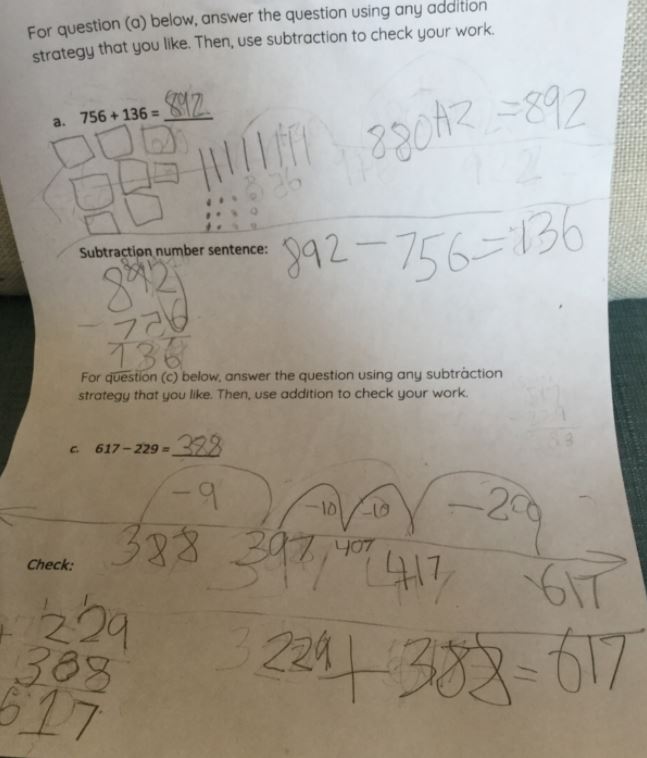
5. Memorization is so Passé An array is a common tool taught to teach multiplication now. It is essentially an arrangement of objects, pictures or emojis in a grid with rows and columns. It’s meant to be a visual representation of what is happening when multiplying. I remember in 5th grade we learned our times tables. Each week we would work on a different set – 2s, 3s, 4s, etc. and have a test at the end of the week. I was a rock star at memorizing things and could rattle those answers off like a pro. Guess what? They don’t memorize times tables anymore! At lunch today, I asked Nia what 7 x 8 was. To solve it she did “mental math” and broke it down into easier-to-calculate chunks – 5 sevens and 3 sevens or (5 x 7) + (3 x 7). She counted by 5’s on her fingers to get 35 for the first part and then knew two 7s was 14 and counted up another 7 from there to get 21. Then she used a piece of paper to create a stack (the name for our old way of adding) to add 35 and 21. And voila! 56. I know this is wild, so here’s a visual presentation of her doing new math with arrays to help you see it better.
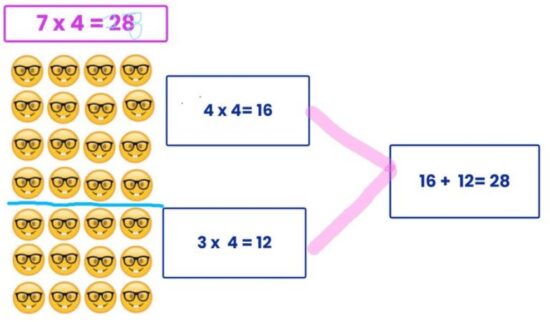
6. Spelling Will Work Itself Out With the exception of Math, spelling was the other biggest shocker for me. I don’t know about you, but I had a spelling test every Friday from 1st through 5th grade. I’d make my flash cards for the week and test myself throughout the week before doing a final run-through with my parents on Thursday night. Sounds familiar? Well guess what? There’s no focus on spelling anymore. In Nia’s class there was a spelling unit for 2 weeks where they focused on the core words 3rd graders should know, otherwise there’s been no other emphasis on it. Teachers don’t correct misspelled words on papers and Nia simply does her best phonetic spelling and moves on to the next word. I’m told the theory behind this is that between 3rd and 5th grade kids start to “play it safe” in writing because they don’t want to make spelling errors. So they may choose a less descriptive word like blue over turquoise because that’s the one they know how to spell. Now much more emphasis is put on the writing process and being descriptive rather than nailing the grammar and spelling. It makes sense but is just SO DIFFERENT than how we learned to write! Here’s a recent example of Nia’s writing:
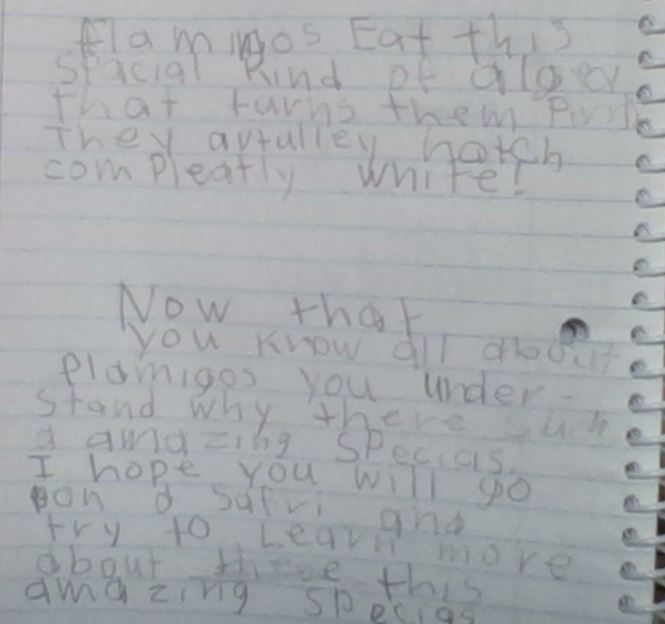
7. Backwards Letters – No Big Deal Nia still frequently does backwards S’s and 5’s. I haven’t seen those being corrected yet either. Like spelling, I’ve been told by teachers that it’s something that will just “work itself out”. Hard to believe, but I’m trusting the experts.
8. Periods and Capitals Optional Punctuation marks and capital letters also seem to be optional thus far and are not being corrected as of yet. I’m curious to see when that will start being pointed out.
Isn’t this all fascinating? It feels so foreign, and yet, the type of things she’s producing, while not grammatically perfect or rapidly done, are about 1-2 years ahead of when I was doing these same things. I invite my teacher friends to add their insights or clarify anything I may have gotten wrong.
